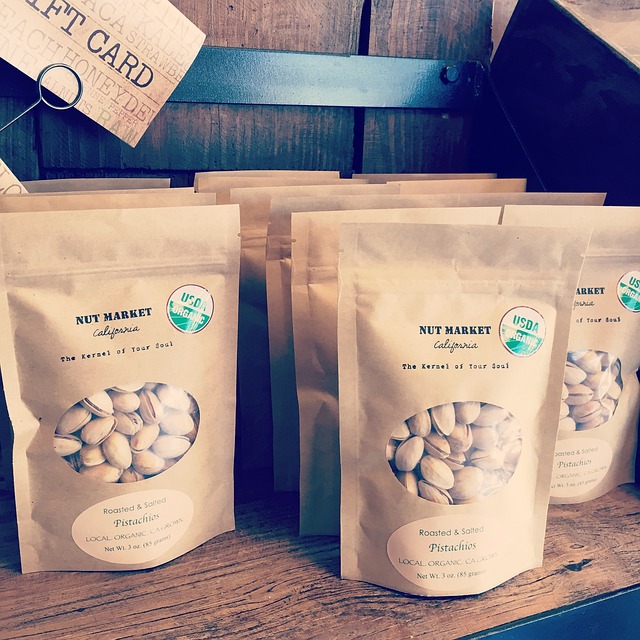
In the labyrinth of supermarket aisles, food labels serve as the compass for health-conscious consumers. But understanding the dense script of numbers, percentages, and nutritional jargon can feel like deciphering an ancient scroll. This article aims to demystify food labels, helping you to make informed and healthier choices every time you shop.
The Importance of Understanding Food Labels
In a world where convenience often trumps quality, the need to understand what goes into our foods has never been greater. Food labels offer vital information about the nutritional content, ingredient lists, allergen warnings, and more. By reading these labels correctly, you can take control over what you consume, manage dietary needs, and steer clear of deceptive marketing tactics.
Exploring reputable suppliers and customization options is essential for those interested in enhancing their product labeling or packaging with metallic foil stickers.
What’s on a Food Label?
Food labels typically encompass these main components:
Nutritional Information Panel
This breakdown provides details of the macro and micronutrients that a serving of the food contains.
Look at the amount of:
Energy (calories or kilojoules): How much energy you’re getting from a serving.
Fats (saturates and unsaturates): Keep an eye on saturated fats, as high levels can affect heart health.unsaturated
Carbohydrates (including sugars): Watch out for added sugars, they’re often much higher than you might expect.
Protein: Necessary for muscle repair and growth.
Fibre: Important for digestive health.
Sodium (Salt): High sodium intake can lead to high blood pressure.
Ingredients List
Ingredients are listed in order of weight, meaning the first few ingredients are what the product mostly consists of. Be wary of hidden sugars and unhealthy fats masquerading under scientific names.
Allergens
Allergens such as nuts, gluten, dairy, and soy must be clearly stated due to the risks they pose to those with allergies or intolerances.
Best Before and Use By Dates
Understanding the difference between ‘best before’ and ‘use by’ dates are crucial to prevent food waste and to ensure food safety.
Health Claims
Statements like “low fat” or “rich in vitamin C” fall under this category. They’re regulated, but it’s still a good practice to check the nutritional panel to validate these claims.
How to Read Food Labels Effectively
To use food labels as a tool for a healthier diet, consider the following:
Start with the Serving Size: Compare the serving size on the package to the amount you actually eat.
Check the Calories: Determine how much energy you’ll get from a serving and how that fits into your daily needs.
Limit Certain Nutrients: Aim to consume low amounts of saturated fats, cholesterol, and sodium.
Get Enough of Beneficial Nutrients: Make sure you’re getting enough dietary fibre, vitamin D, calcium, iron, and potassium.
Analyse the Ingredients: The fewer the ingredients, typically, the better. Beware of long, unpronounceable components that often signal artificial additives.
Interpreting Health Claims
A “fat-free” label doesn’t necessarily mean “calorie-free“. Often when fat is removed, something else is added to maintain taste or texture. This could be sugar, thickeners, or salt – potentially leading to unhealthy trade-offs.
The Bottom Line
Navigating through food labels is an essential skill in a health-aware society. With a clear understanding of the information these labels are imparting, you’re empowered to select foods that contribute to a balanced and healthy diet. Remember, the choices you make at the supermarket have a significant impact on your overall health. Don’t be duped by clever packaging – always turn the product around and get acquainted with the facts.
After all, you are what you eat – so eat wisely.

